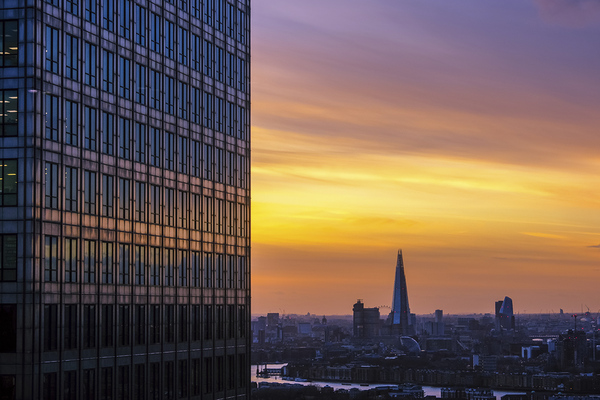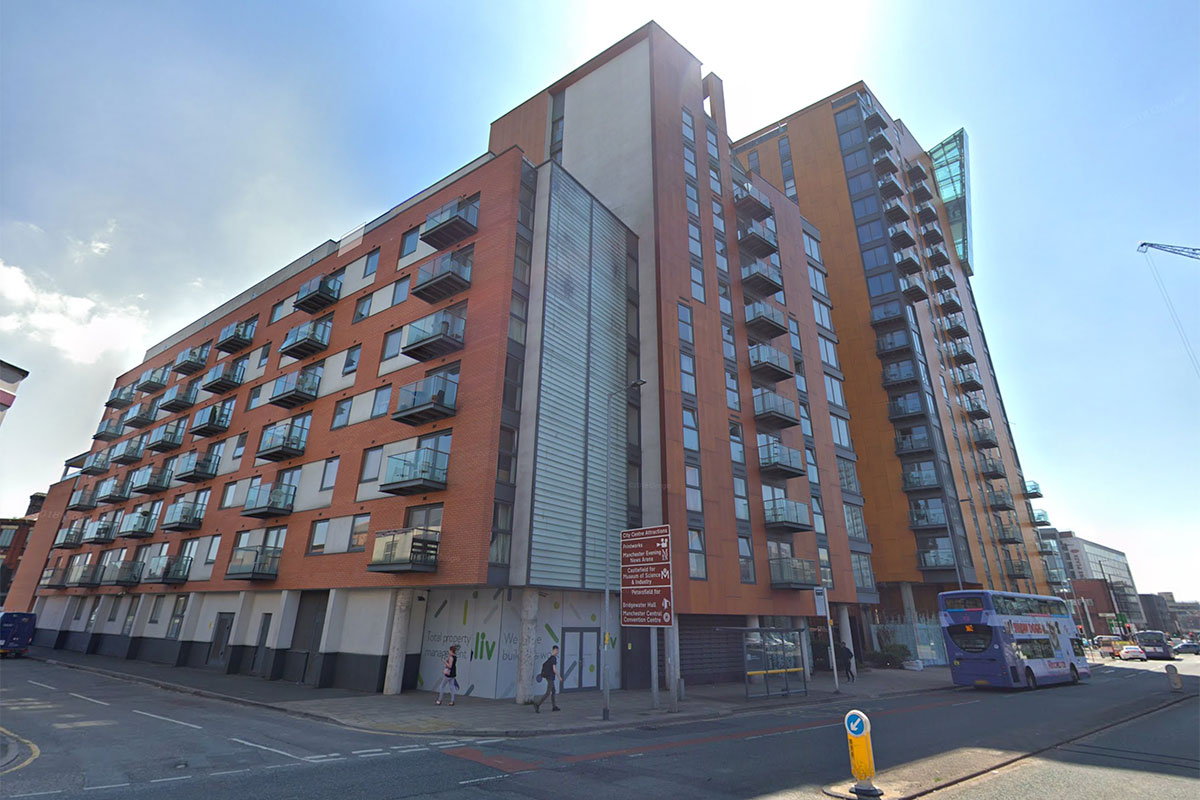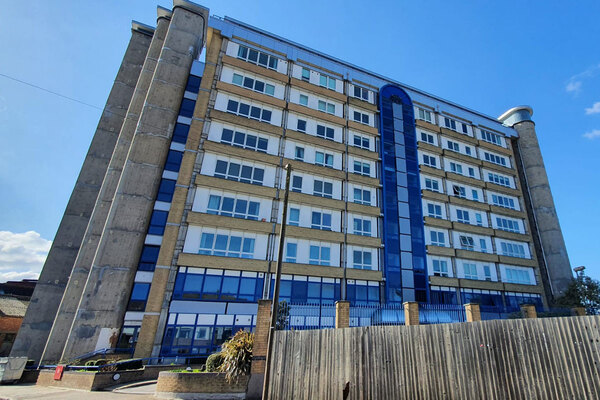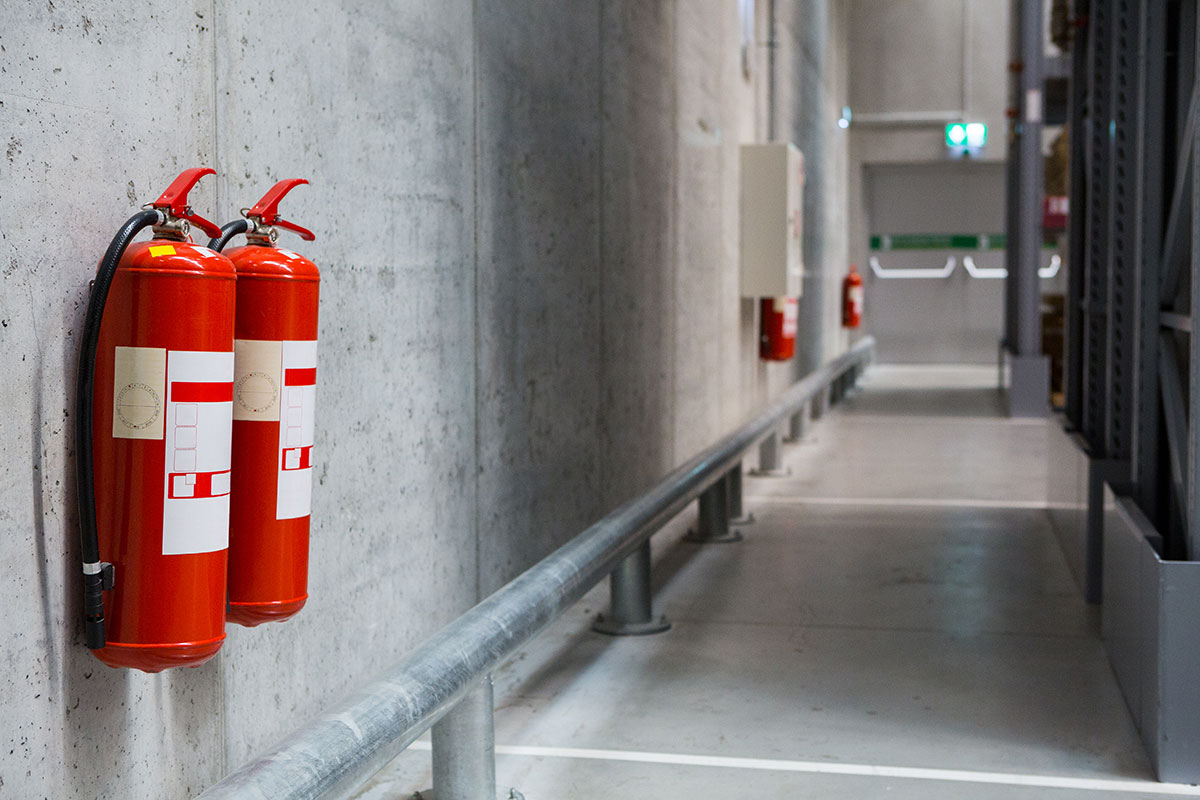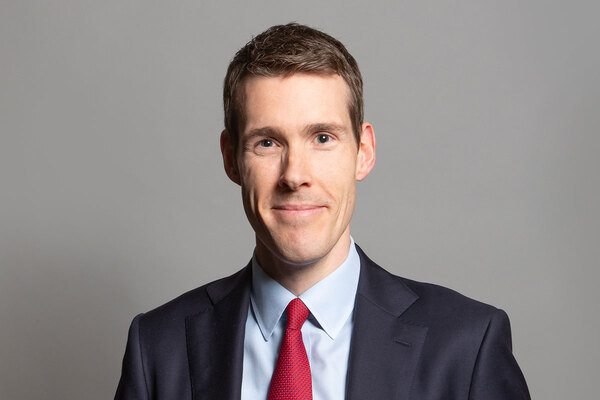Building Safety Fund: leaseholders slam fund after waiting more than a year for application progress
Leaseholders across the country have complained about being left in the dark by the government for more than a year about progress on their bids to secure millions of pounds to pay for the removal of dangerous cladding from their blocks.
Inside Housing has spoken to several leaseholders who have voiced their frustration about the lack of communication from the government’s building safety teams, with some still waiting for information on applications submitted more than 18 months ago.
In one case, residents of the Liberty Place building in Birmingham have still had no progress on their application since they applied in July 2020.
Martin Holland, chair of the building’s residential managing body, told Inside Housing that the application was still listed as being “under review” despite residents putting in their application when the fund opened 19 months ago.
The block is facing a £4.9m bill to remediate its cladding, but no progress has been made, despite leaseholders having emailed the government more than 10 times.
“We have no indication of why they haven’t completed our review yet. The only thing I can think of is that they are totally inundated,” said Mr Holland.
The £1bn Building Safety Fund was launched in March by chancellor Rishi Sunak, with an additional £3.5bn put towards the fund in February 2021 by then-housing secretary Robert Jenrick.
However, the fund has failed to hit a number of its targets with regards to approving funds. It initially pledged to commit £1bn by the end of March 2021 but only achieved this in December 2021. Currently only £269m has been handed to blocks to start work, with work being completed on only 19 buildings.
The fund is managed by the government’s delivery partners, Homes England and the Greater London Authority, but the Department for Levelling Up, Housing and Communities (DLUHC) is ultimately responsible for approving funding.
Leaseholders at the Milliners Building in Bristol have been waiting longer than a year to get an update on their appeal after they were initially rejected from the fund on the grounds of height.
Assured that their building was 19 metres tall following inspection, they appealed the decision in January 2021.
However, after being told in the same month that they were eligible to appeal, they have yet to hear anything back on the status of their appeal.
Milliner leaseholder Steph Pike said: “The government spins the same line again and again about how it’s committed £5bn to fix unsafe cladding. In reality, many of us who need, and are eligible for, the money are unable to access it and remain stuck in potentially unsafe flats that are no closer to being fixed and that we cannot sell”
Giles Grover from the End Our Cladding Scandal campaign has said that this is a common experience of those bidding for money through the Building Safety Fund, and that it appears the fund is operating like a ’black hole’ in many cases.
He said: “It’s clear that the department is struggling to keep up with processing applications, partly because of the scale of this crisis, partly because of the onerous requirements being put on applicants to be eligible.”
As part of their actions to try to improve transparency, the government set up a new online portal that leaseholders can use to track the status of their application. However, even this has come under some criticism from leaseholders for providing limited details about applications.
It also appears that the government is not explaining to leaseholders why buildings that have been rejected do not qualify for the Building Safety Fund. One leaseholder at a block in Nottingham said she has been trying to get a response from the government for months, to find out why her block was rejected for the fund.
Mel, who did not want to give her full name, said: “I would love to appeal but it is quite hard to challenge if you can’t find out what the problem is.”
She added: “It’s so stressful – people’s lives are depending on this. It’s terrifying – I lose everything if I have to pay big sums.
“If I can’t move in the next four or five years, I probably can’t move anywhere again.”
A DLUHC spokesperson said: “Industry must pay to fix the problems they created and our tough new measures will mean any leaseholder living in any building over 11 metres will not pay a single penny for the removal of cladding.
“We are actively pursuing building owners who have failed to act, and are accelerating the work of the Building Safety Fund, with the next round of applications opening shortly.
“Despite many building owners failing to provide the basic information required, we’ve already allocated over £1 billion of funding and over 80,000 homes in high rise blocks are covered by the Building Safety Fund.”
Sign up for our fire safety newsletter
Already have an account? Click here to manage your newsletters
